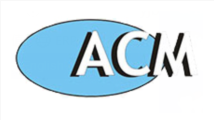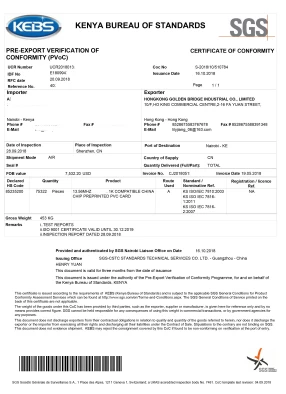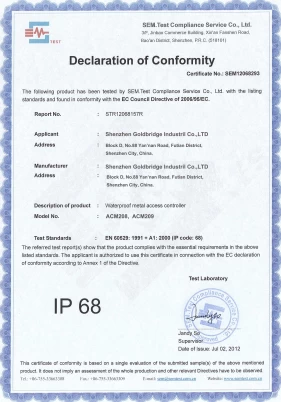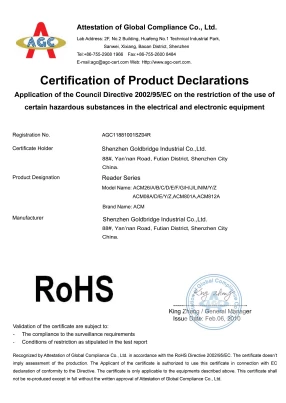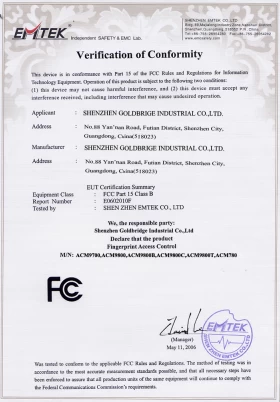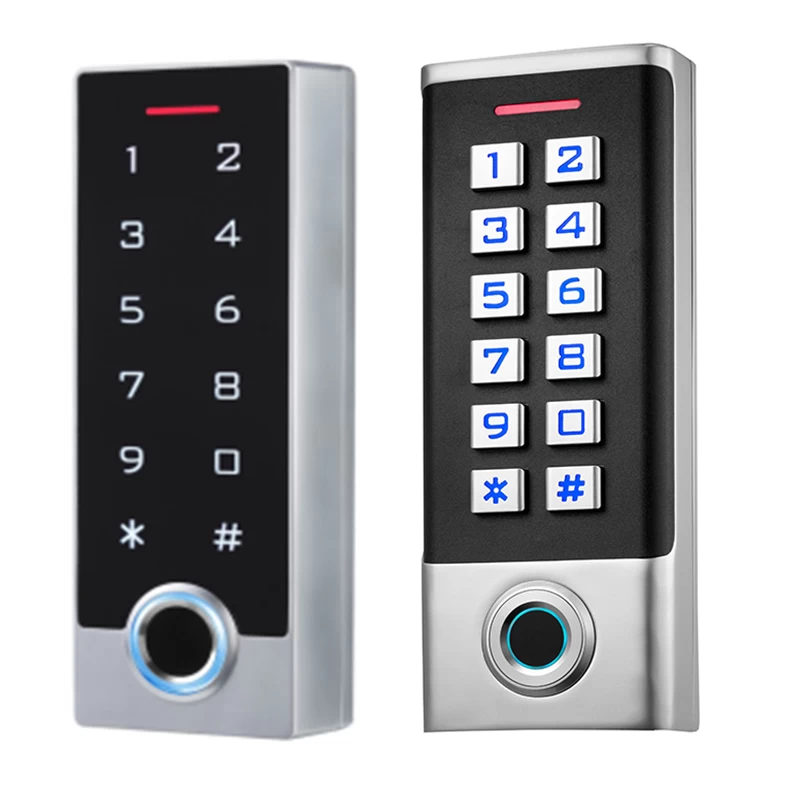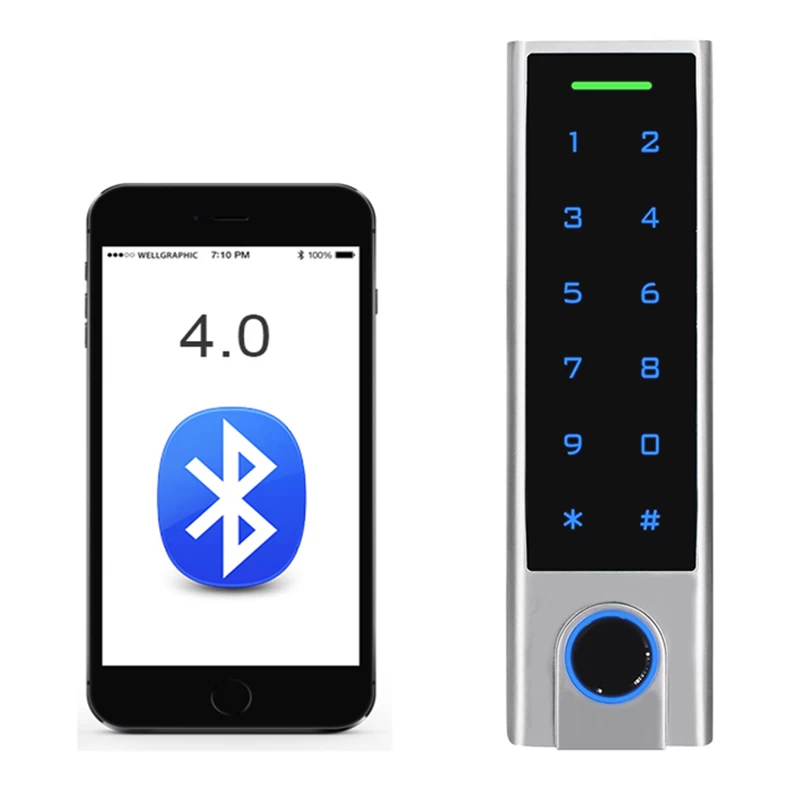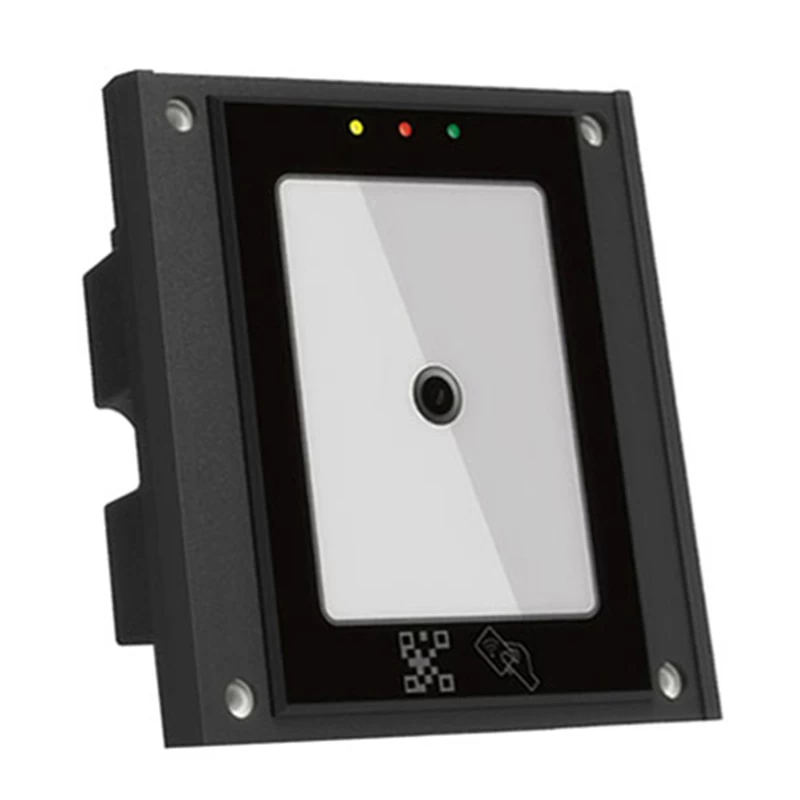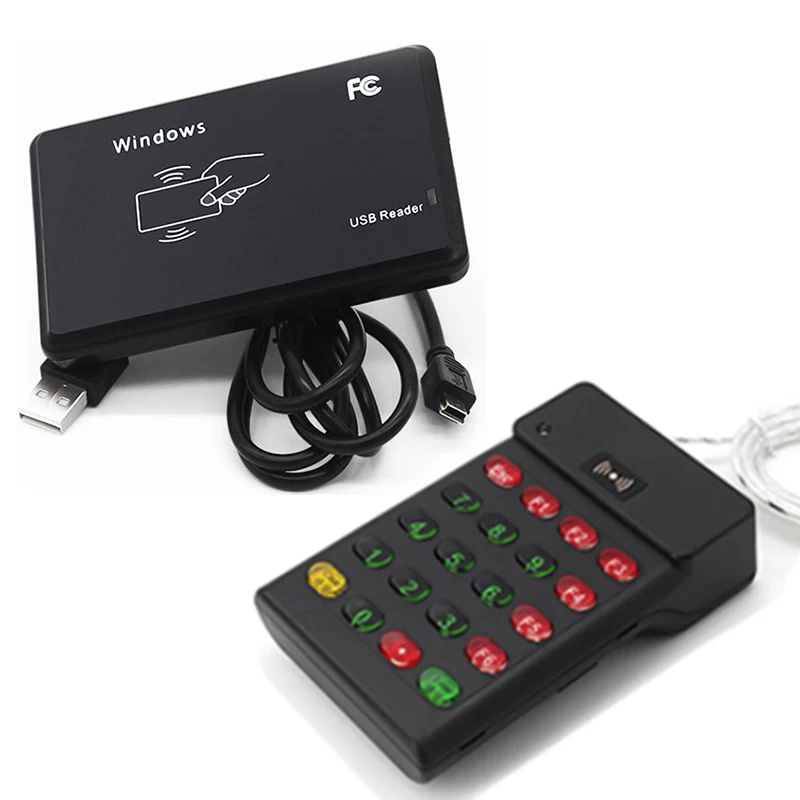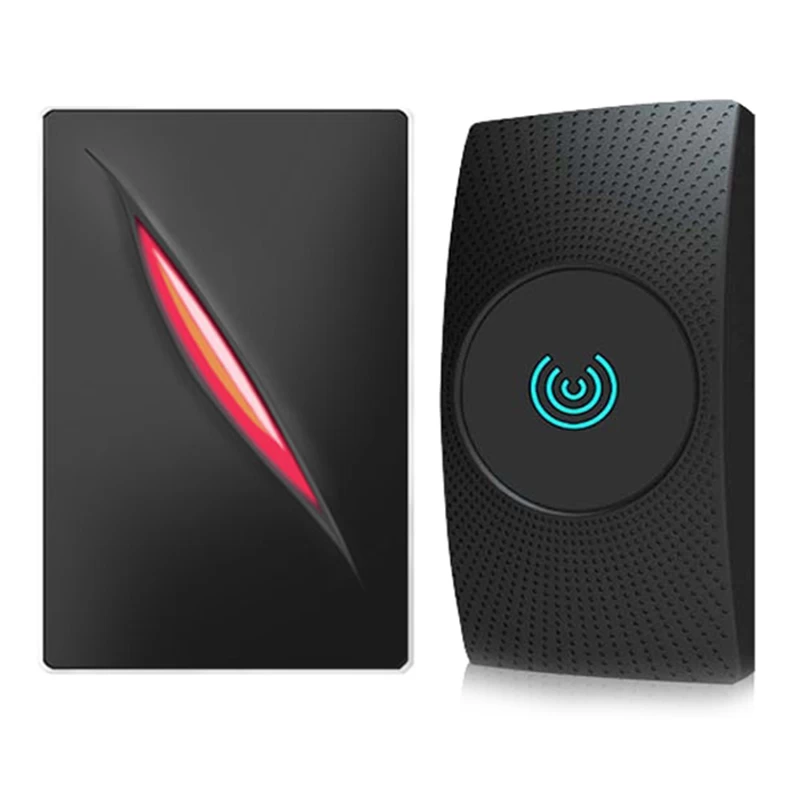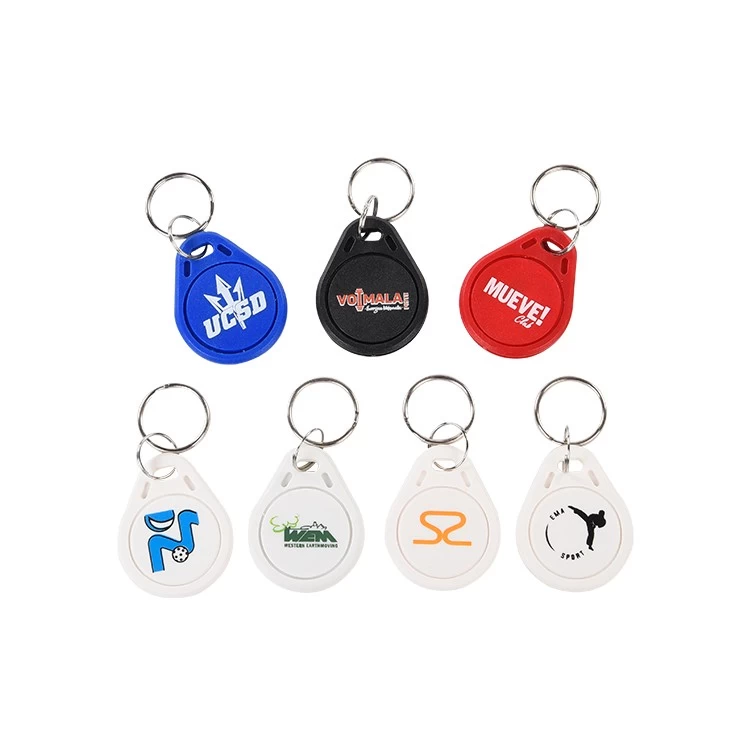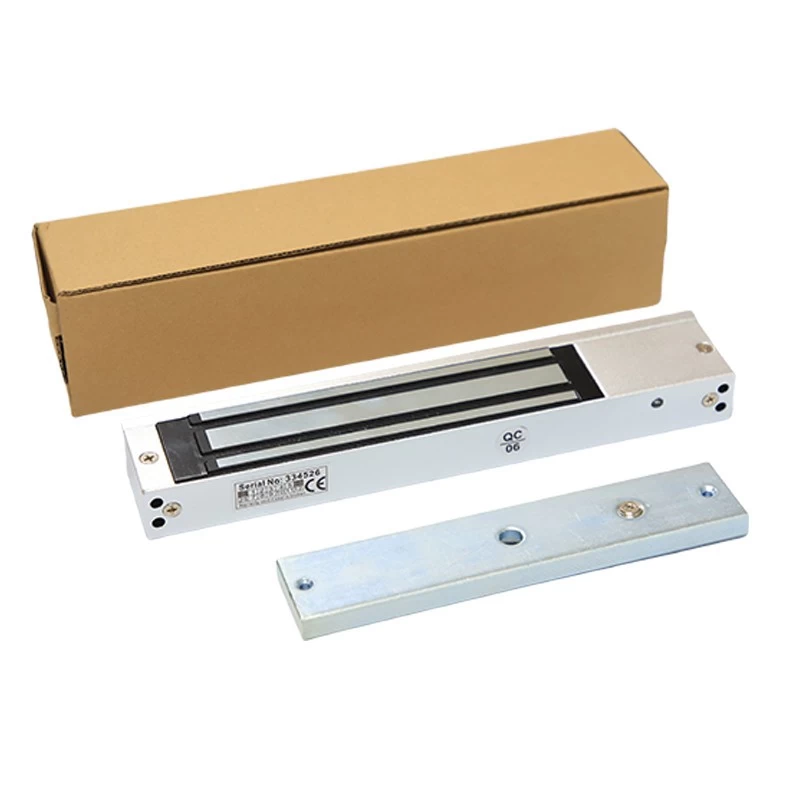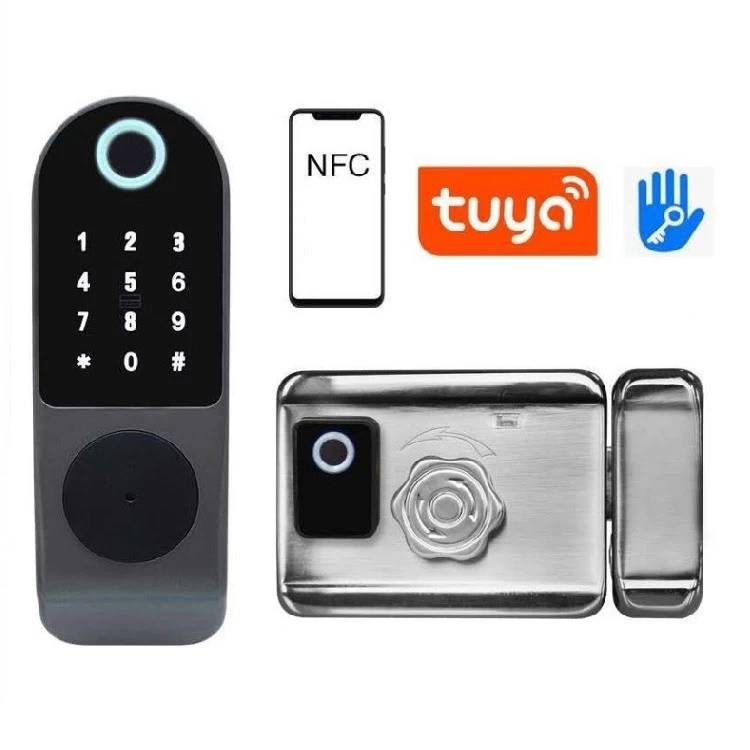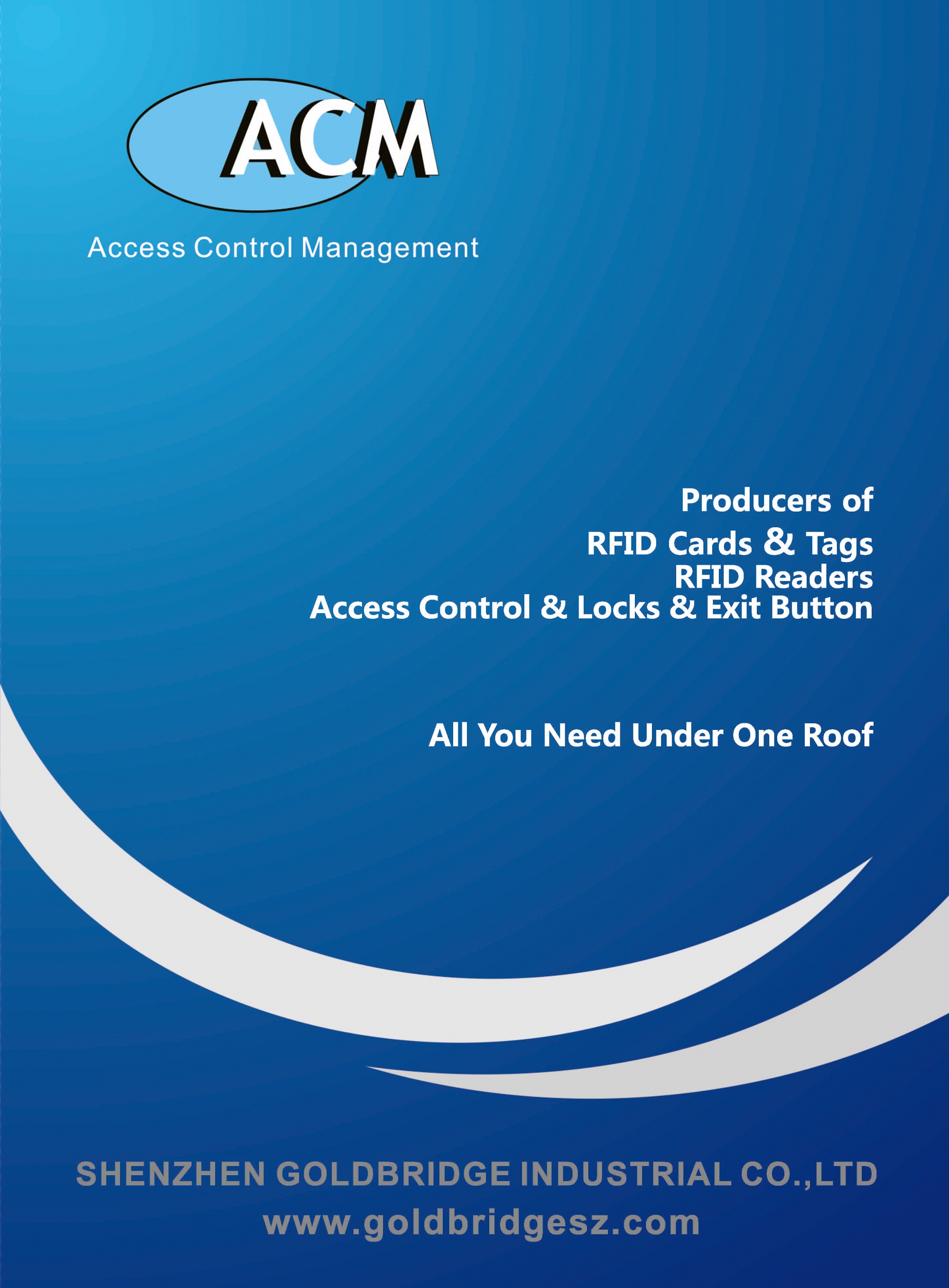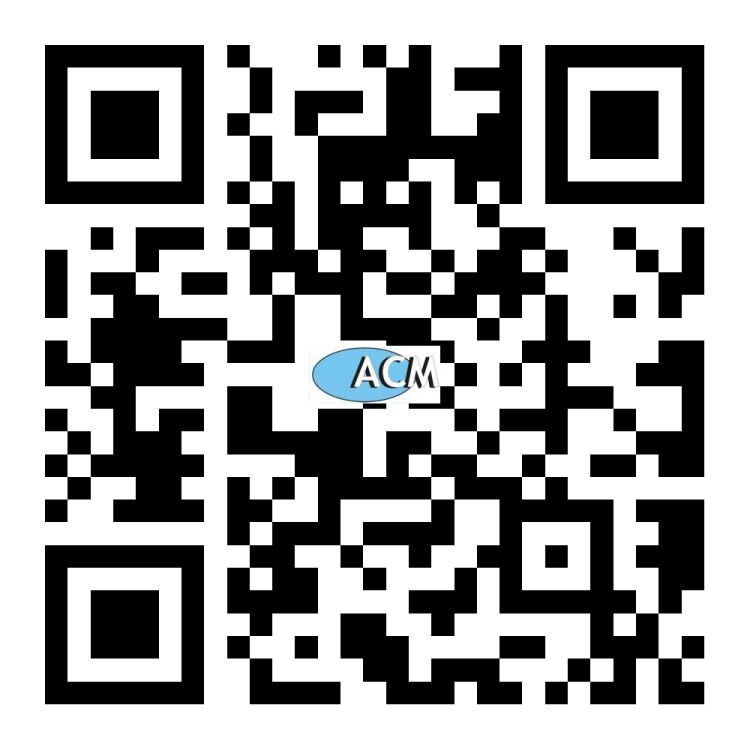The benefits of RFID tags in the retail industry
The direct advantage of RFID systems is that retailers can reduce inventory data acquisition time by 90%. In other words, it takes three days to get inventory data, and RFID only takes 45 minutes.
RFID also greatly improves the scanning accuracy. The actual inventory of hand-scanned goods is about 4% error. This value is superimposed each year. Therefore, the cycleinventory of the entire sales year may be more than 60% error in peak season. In contrast, RFID errors are usually only 0.5%, which means that inventory will be accuratethroughout the year.
Many excellent managers have realized the advantages of RFID in actual inventory time and accuracy. RFID has many functions, but it will have more functions in the future.
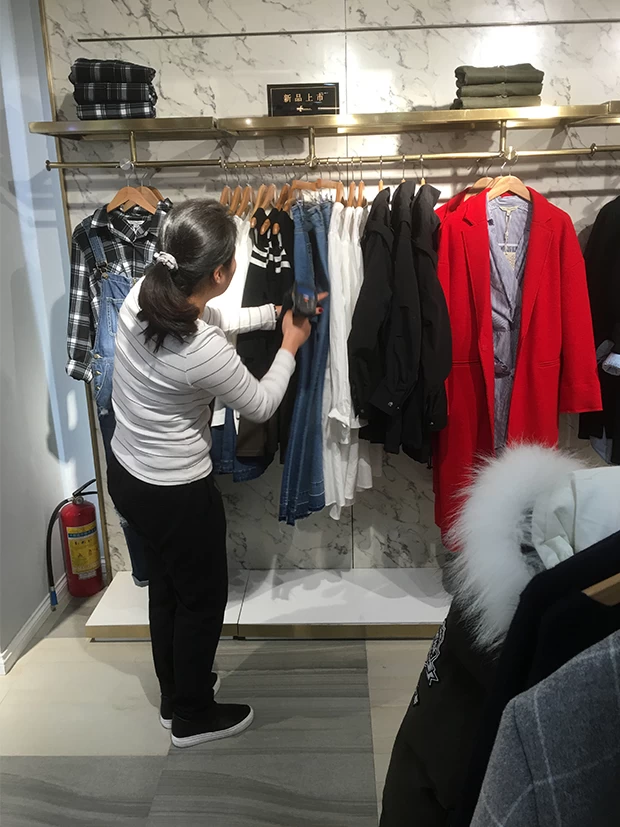
Adhere to major commodity planning
Most retail chains have a plan to store merchandise, especially for the fashion retail industry, which usually has various display and display costs, usually paid by theirbrands. However, the more stores a retail chain operates, the harder it is to implement a centralized buyer's merchandise plan accurately.
Inventory accuracy - increases click-through rate and pickup rate
Most stores adopt a "full-channel retail strategy," which means customers can shopping online and then pick up their goods from the store. Of course, this CTR and pickup ratestrategy depends on the accuracy of inventory counts at each store. That is, if the system displays a product with two storage units in a store, but the fact is that there is no inventory in the store, then when the customer appears in the store to pick up the goods, this is very embarrassing, to the customer will be very bad experience. The excellent accuracy of RFID will also give companies more confidence in the location of the store's display in the system.
Know the hot spots in the store
Another advantage of RFID is that it can record the location of the goods displayed in the store. This record can be combined with sales data to determine which display and sales volume is the best in the store. Of course, different areas of the store may have an impact on the sale of different products. RFID technology provides the best solution for inventory types, storage types, and display areas.
Add customer
One of the key indicators of fashion retail is to understand the customer's locker room habits. Dressing customers in the fitting room is a very valuable information. Somemerchants put the RFID reader at the entrance of the fitting room. It collects useful information, including size and color. So we can get some interesting data points:
The first question is whether the dress has never been tried at all. In other words, customers are not interested in this dress. The reason may be due to the display ofclothing, or the visual effects are not good, or do not attract the attention of customers.
However, if customers try on clothes but still don't buy it, it's a completely different problem. Maybe because of the problem with the clothes themselves: what size is comfortable, what color is particularly popular, these are all things that buyers need to focus on. So that you can understand why some products are very popular and some havenot achieved the desired results.
Quick and accurate checkout
One of the most popular examples of RFID is that it can be used faster than before. After RFID, the cashier does not even need to take the product out of the customer's shoppingcart and can check it with the help of the system. The ability to skip manual scans can radically change wait times, especially during peak hours. In addition, RFID's performance in settlement greatly reduces the cashier's cash reconciliation error.
Helps reduce theft
Many companies embed RFID tags in the security devices of each commodity, while others embed them in separate tags and even embed RFID into the product itself.
In addition, RFID tags have two functions: First, Even if the customer beeps when the door passes the test, it is difficult for the clerk to do anything, or there are not enough people in the store to stay at the specific entrance. With RFID, it is more convenient, the clerk even knows where the product is. Second, RFID system can help prevent company thief. Many employees hide one or two items in the store in some places and can take home. RFID will greatly prevent this phenomenon.
